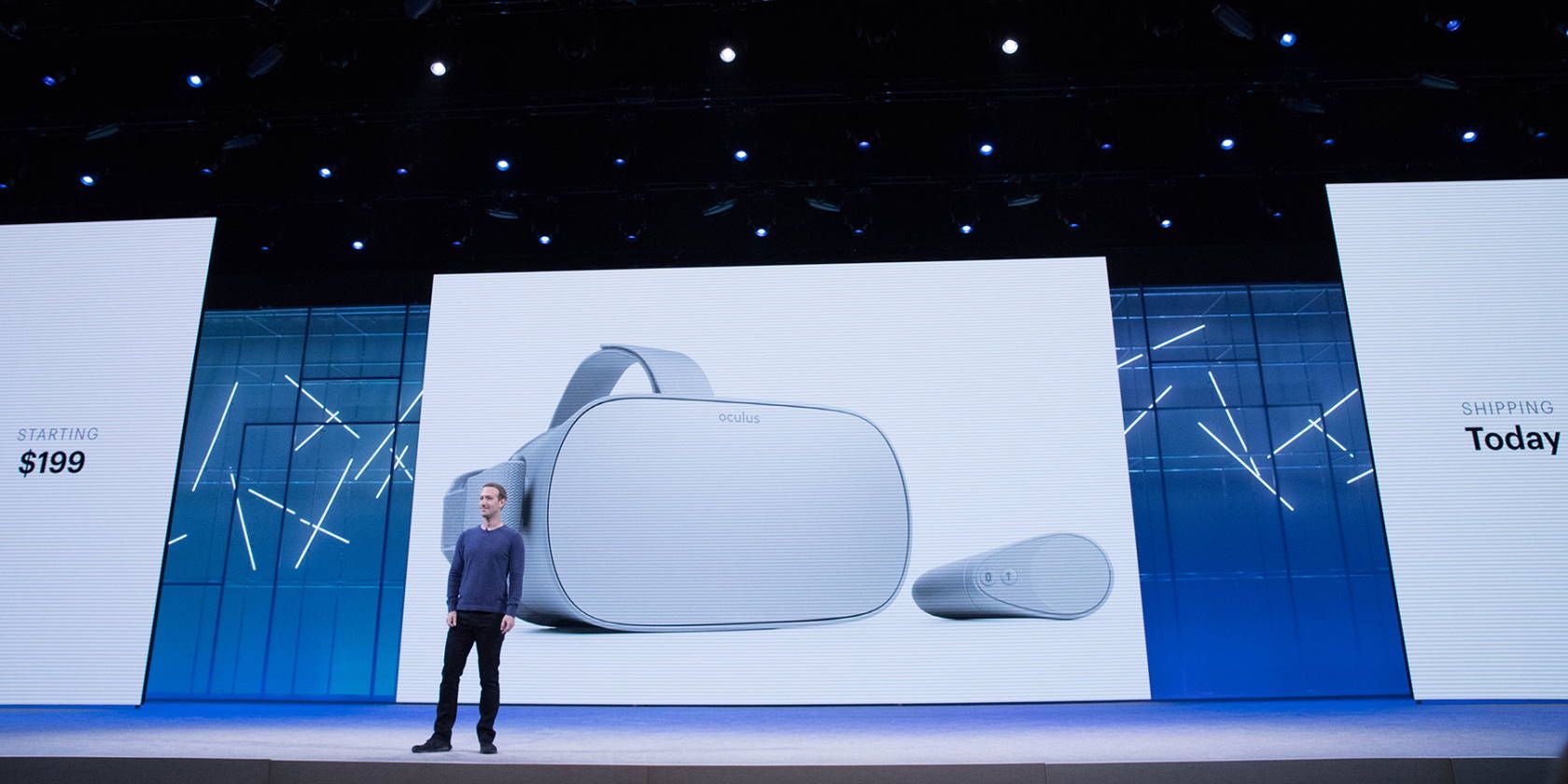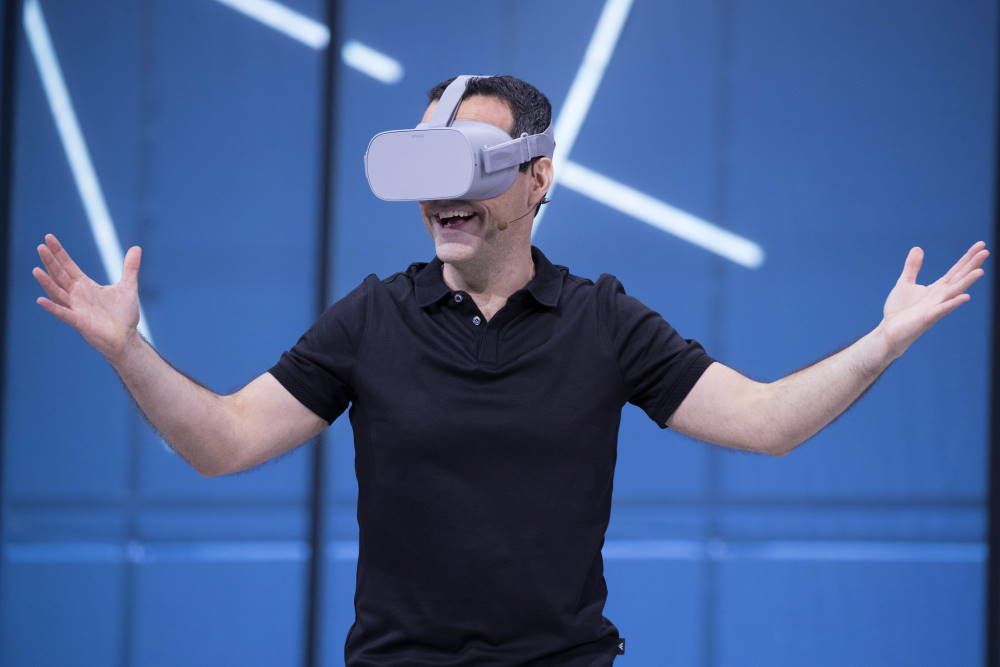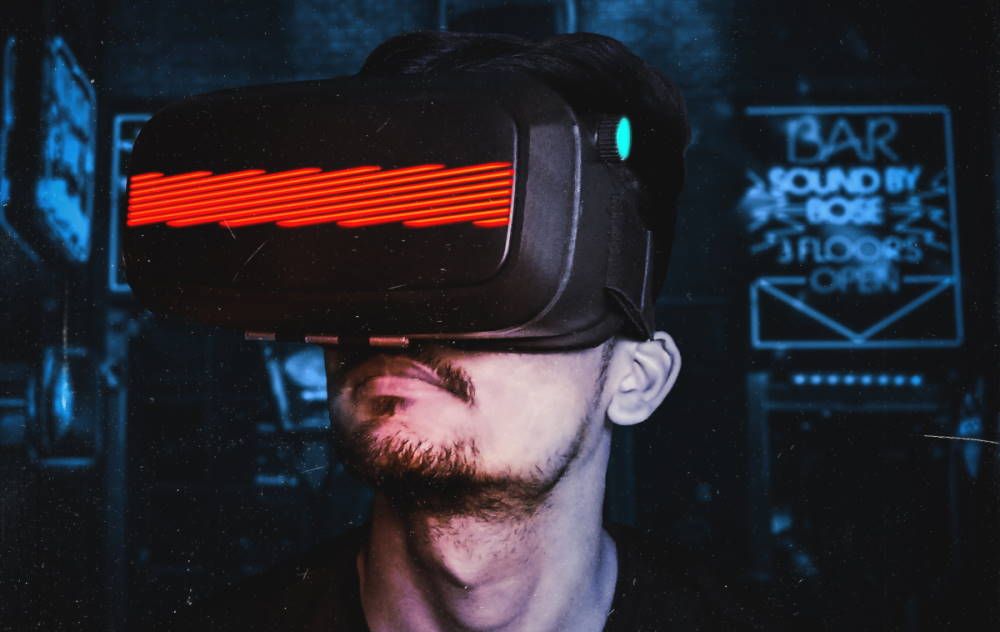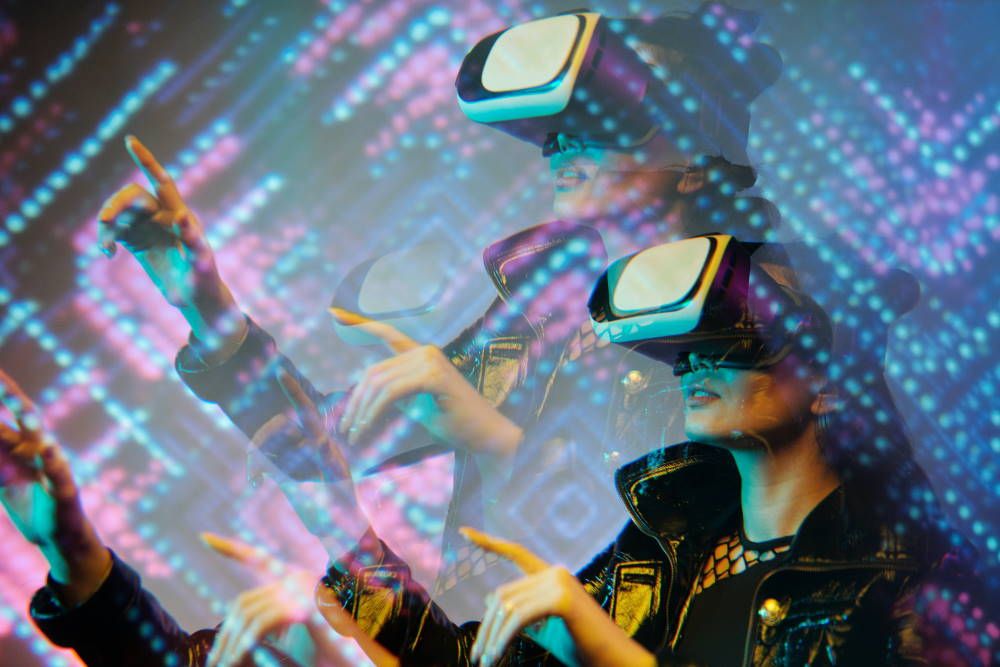In his hope to bring about his Metaverse, Mark Zuckerberg has put Meta in a race to make hyper-realistic virtual reality possible. However, despite all the fuss, a fully-fledged Metaverse, the way Zuckerberg pictures it, does not seem to be anywhere around the corner.
Zuckerberg has revealed a series of Meta’s latest VR headset prototypes that, impressive as they might be, because of their current design, are nowhere close to being commercialized.
Meta’s VR Prototypes
Meta CEO Mark Zuckerberg and Reality Labs chief scientist Michael Abrash showcased a series of VR headset prototypes at a virtual roundtable, according to The Verge. Zuckerberg, for his part, briefly presented the prototypes to the public on a Facebook post.
The prototypes presented are still highly experimental, with Zuckerberg himself calling them “research prototypes” on his Facebook post, adding that they are “much more advanced than traditional computer screens we use today.” Moreover, each of the prototypes focuses on one specific new feature the company is exploring.
First, there is Butterscotch. Offering a resolution of 1832 x 1920 pixels per eye, 2.5 times the resolution of the Quest 2 (learn how to set up the Quest 2), it allows you to comfortably read even the smallest letters. However, it only offers around 55 pixels per field-of-view degree, short of Meta’s 60-pixel-per-degree retina standard.
Then, there is Half Dome. This prototype can shift focal planes depending on where users are looking, allowing users to focus on objects that are up close and far away.
Next, there is Starburst, which tries to replicate nature’s brightness as good as possible to deliver the most vivid and realistic colors. Zuckerberg claims on his Facebook post that this might be the first HDR VR system in the world.
Finally, there is Holocake 2, which unlike its hulkier prototype counterparts, is much slimmer and lightweight, like the ideal VR headset should be, Zuckerberg admits. This working prototype uses holographic displays and can already play PC VR experiences.
Though hopeful on the new technology showcased, Zuckerberg did admit that there is still a long way to go. He did claim, however, that Meta intends to bring these new tech to its products “in the coming years.”
These VR headsets won’t be available for the time being, but Meta does plan to release a high-end headset codenamed Project Cambria aimed at a prosumer or professional-grade market by the end of 2022.
How Do These Prototypes Fit Into Meta’s Plans for Its Metaverse?
Since the inception of the idea of a metaverse, it has been imagined as a virtual world. Furthermore, this world is to be so immersive that you could actually think it’s the real thing. That is where Meta wants to take its Metaverse.
To do that, Meta is investing a lot of resources into VR research, in the hopes of creating hardware powerful enough to display such a virtual world. However, even when we’ve been researching VR since at least the early 90s, the technology just hasn’t gotten there yet.
In its search to optimize VR technology, Meta has identified four elements that must be either incorporated into a VR display, or dealt with, to make a hyper-realistic virtual reality possible: retinal resolution, focal depth, High Dynamic Range, and fixing optical distortion. Although the showcased prototypes all tackle these issues, they are all far from entering production phase.
The prototypes are yet too big and uncomfortable to wear around. Only Holocake 2 deals with the element of design. As Zuckerberg said in his Facebook post, “the goal is to fit all of these technologies and fit them into a device that is lighter and thinner than anything that currently exists.”
Meta’s answer to this is Mirror Lake, a concept VR headset prototype which Zuckerberg presented during the virtual roundtable. This prototype hasn’t even been built yet, but it is expected to include all the features present on the other prototypes as well as being slim and lightweight.
How Far Are We From Creating a Hyper-Realistic Virtual Reality?
Although Meta is working hard at trying to figure out a way to build a VR device that can actually be commercialized, its prototypes are still in very early stages, and they need to be scaled down to comfortable size. And although Meta does have the Mirror Lake concept, it hasn’t been built yet.
In spite of all the fuss about the Metaverse, Meta still has a long way to go to get there.




